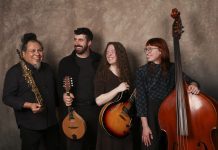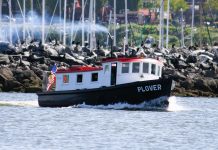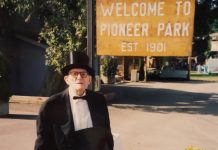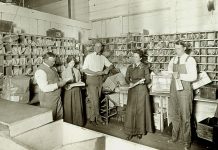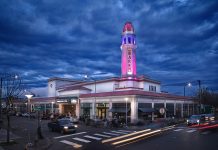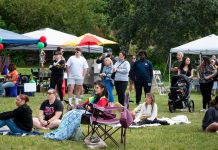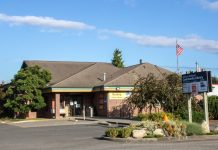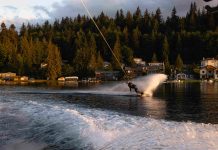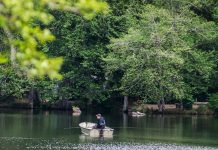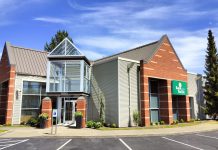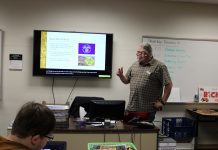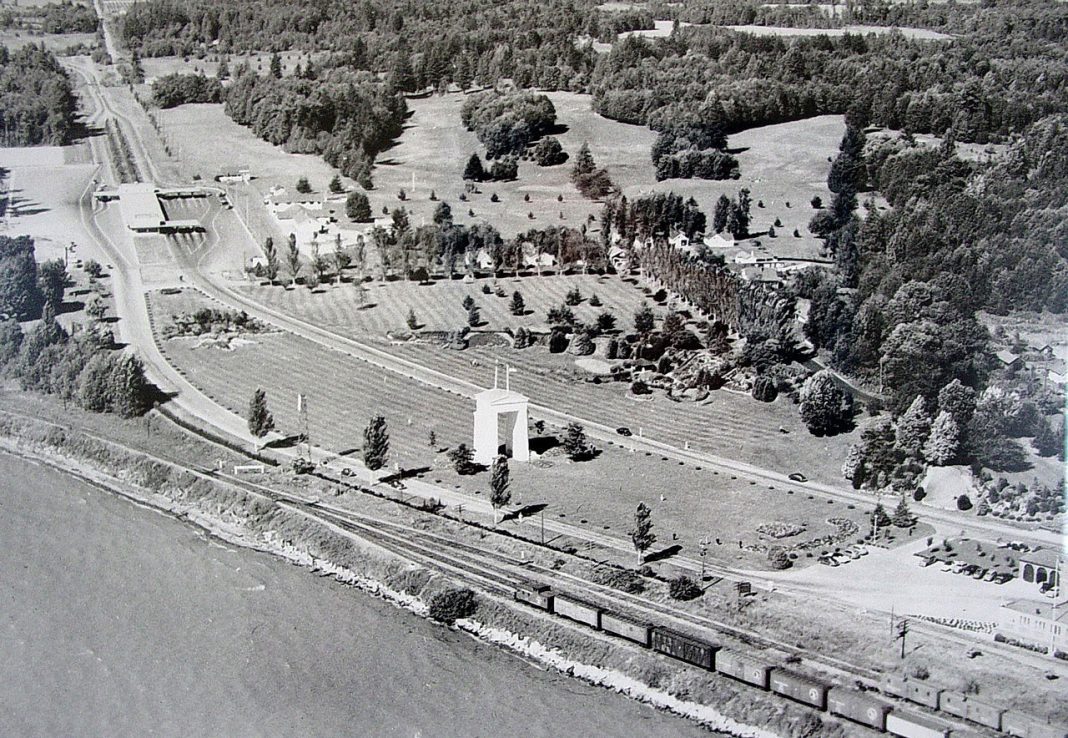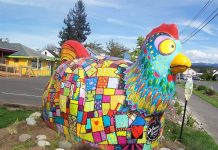Displayed on the exterior of the Peace Arch at Blaine and Surrey, B.C. are the words: “Children of a common mother” and “Brethren dwelling together in unity.” The interior reads: “May these gates never be closed” and “1814 Open One Hundred Years 1914.” This monument to 100 years of peace between the United States and Canada has now been the site for an additional 110 years of demonstrations and regular events held for peace and other international causes.
The Peace Arch originated in 1921 with Sam Hill, U.S. Great Northern Railway lawyer and good roads advocate who also supported pacifism through the creation of other monuments, such as his Maryhill Stonehenge. Hill planned a “Semiahmoo Club” resort to draw tourists on either side of the border.
Paradoxically surrounded by border patrols yet legal to visit without identification within park boundaries, the monument and its international zone have become powerful symbols. Numerous movements for peace, civil rights, environmentalism, and international cooperation stand in the Peace Arch’s shadow.

Paul Robeson’s Concerts
By far the most famous historical event at the Peace Arch was Paul Robeson’s May 1952 concert, where he performed from a flatbed truck to an estimated 30,000 people. Robeson was an African-American singer, civil rights and labor activist, actor, and football player, and the son of an escaped slave. Under McCarthyism and the Red Scare, the State Department banned him from international travel for his sympathies with the Soviet Union, which he believed had more freedom from racism than the United States. The Peace Arch concert protested this ban at the crossroads between national borders.
American and Canadian labor unions such as International Union of Mine, Mill, and Smelter Workers (“Mine Mill”) sponsored Robeson’s 45-minute concert, and Lawrence Brown accompanied him on piano. Robeson spoke at the start: “I stand here today under great stress because I dare, as do you — all of you, to fight for peace and for a decent life for all men, women and children.”
He performed labor songs, folk spirituals, and a rendition of “Ol’ Man River,” written for him in the 1920s.
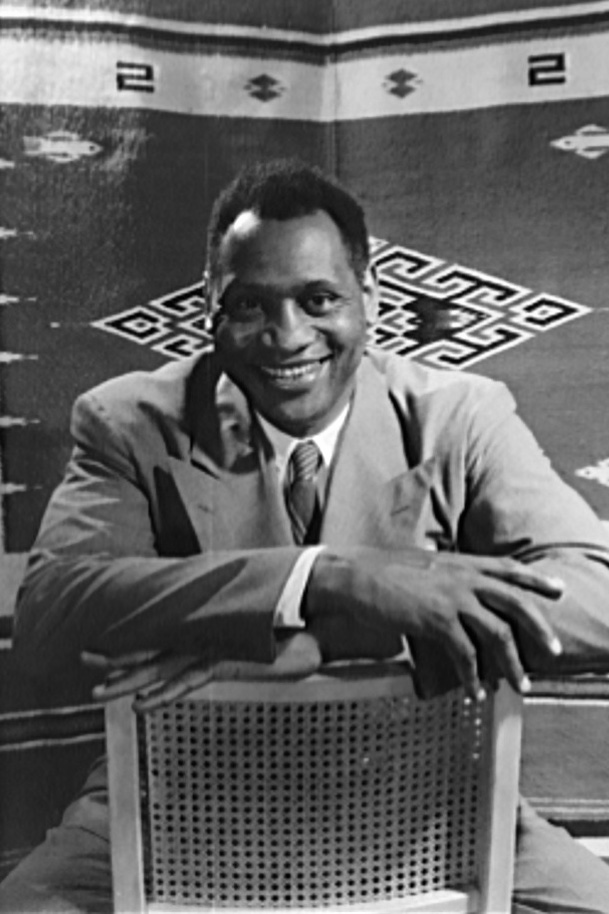
Robeson performed three return concerts at the Peace Arch — one per year in 1953, 1954, and 1955. By 1958, he regained his passport after a Supreme Court ruling that prohibited the Secretary of State from suspending U.S. citizens’ passports over their political beliefs. On the concert album’s 1998 release, The Atlantic called it “The Woodstock of the McCarthy Era” — befitting the congestion that shut down the border for over an hour.
The event’s 50th anniversary in 2002 saw a memorial concert called “Here We Stand” — featuring international and local artists, Lawrence Brown’s original piano, speeches from current and original activists, and photos and memorabilia. Over 1,500 people attended.
Demonstrations and Celebrations
The Peace Arch has become the symbolic backdrop for various other demonstrations, including anti-Vietnam War protests in the 1970s. As a previous WhatcomTalk article notes, celebrity antiwar activists Jane Fonda and Tom Hayden called for amnesty at Peace Arch Park. Other famous visitors include President Lyndon Johnson and Premier Lester Pearson, who signed the Columbia River Treaty there on September 16, 1964, before a crowd of 25,000 people.
On May 9, 1970, an “invasion” of roughly 450 Canadian anti-war protestors turned the Peace Arch’s messages about its open gates literally inside-out. Responding to the United States’ invasion of Cambodia, the protestors tore down American flags and these words’ original plaques — tying them around the monument to symbolically close the border. They also vandalized the monument with paint, fought Blaine police and residents with fists, and threw rocks at a Burlington Northern Railway train. The next day, church groups scheduled to protest the war in prayer met despite hundreds of American residents gathering in case of another disturbance. Surrey and New Westminster city councils gave apologies for the incident.

The Peace Arch has also symbolized national unity in times of crisis. Three days after John F. Kennedy’s assassination in 1963, a military memorial commenced there. Following the September 11, 2001, attacks, the Peace Arch became the site of a candlelight vigil and repeat memorial services on the anniversary.
The monument also became a stop on the Vancouver 2010 Olympic Torch Relay. Washington Governor Christine Gregoire and British Columbia Premier Gordon Campbell spoke to hundreds in attendance. Premier Campbell said, “The handing of the Olympic Flame from torchbearer to torchbearer at the U.S and Canadian border symbolizes the ties of history, family, commerce and culture that bind our nations, and an abiding friendship that crosses all boundaries.”
Governor Gregoire said, “The 2010 Olympic and Paralympic Games, and the events surrounding them, serve as a powerful reminder that whole nations can compete without hostility — that we can join together to celebrate the human spirit that unites us all.”

Peace Events for Children and Other Living Things
The Peace Arch is also host to regular events that promote friendly international relations and education. Since 1921, Hands Across the Border has engaged both nations’ scout organizations in swapping gifts and celebrating cultural heritage. Regular concerts and the annual International Sculpture Exhibition entrance park visitors with cross-border fine arts. To learn more about the park’s scheduled events and history, please visit the International Peace Arch Association.




